Vampires and bucket lists: Five shocking motives for murder
One wanted to kill before she turned 25, another thought she could gain an instant family, and a third coveted her young victim’s “perfect” life. Sometimes knowing a motive doesn’t make the crime any easier to understand.
Crime in Focus
Don't miss out on the headlines from Crime in Focus. Followed categories will be added to My News.
“All the motives for murder are covered by four Ls: Love, Lust, Lucre and Loathing,” wrote best-selling crime novelist P.D. James.
In real-life, detectives work hard to determine what has driven someone to kill — but even when they succeed it doesn’t necessarily make the crime any easier to understand.
In these Australian cases, the shocking nature of the crime is only matched by the disturbing thinking that led to it.
THRILL KILL
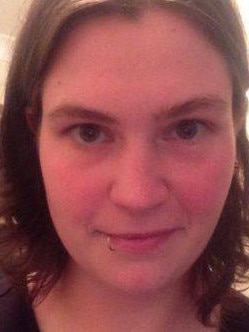
When Jemma Lilley was sentenced to life for murder in Perth in February this year, British press reports dubbed her the ‘Bucket List’ killer.
Lilley and her housemate Trudi Lenon were found guilty of the horrific 2016 killing of autistic teenager Aaron Pajich in what Justice Stephen Hall called the “pitiless pursuit of your own desires”.
True Crime Australia: Inside the mind of Perth’s ‘thrill killer’
FOLLOW: True Crime Australia on Facebook and Twitter
The trial had heard shelf-stacker Lilley, who was originally from England, was fascinated by serial killers and wanted to kill someone before she turned 25.
She was 25 when she was charged with the murder.
Lenon was older at 42, but was said to have an interest in submissive bondage role playing and a misguided loyalty to Lilley.
The court heard Pajich, who was lured to their home thinking he was going to meet a teenage friend to play computer games, fought for his life as he was stabbed.
His body was later found buried in the garden under a concrete slab.
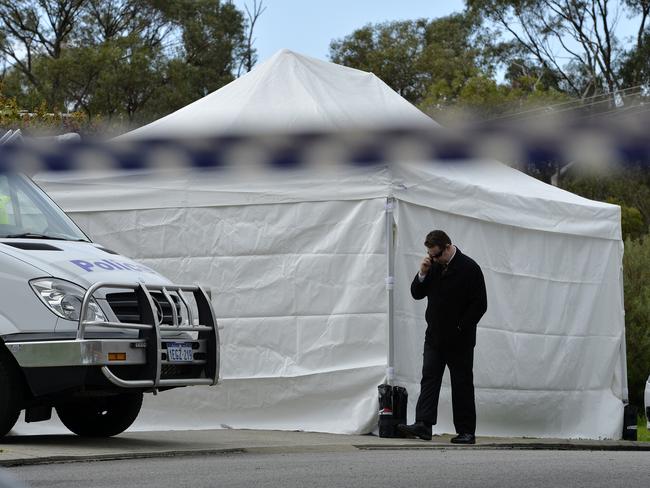
Justice Hall, set a non-parole period of 28 years for both women, saying it was a planned and premeditated killing of a trusting young man “not much more than a boy really”.
“You, Jemma Lilley, wanted to give effect to your long held and strong desire to kill a person. You killed for your own pleasure. You had no concern for the person whose life you would take,” he said.
“You, Trudi Lenon, wanted to give effect to your strong desire to serve a violent and powerful dominant. You derived pleasure from doing this, even if it involved killing.”
THE PERFECT LIFE
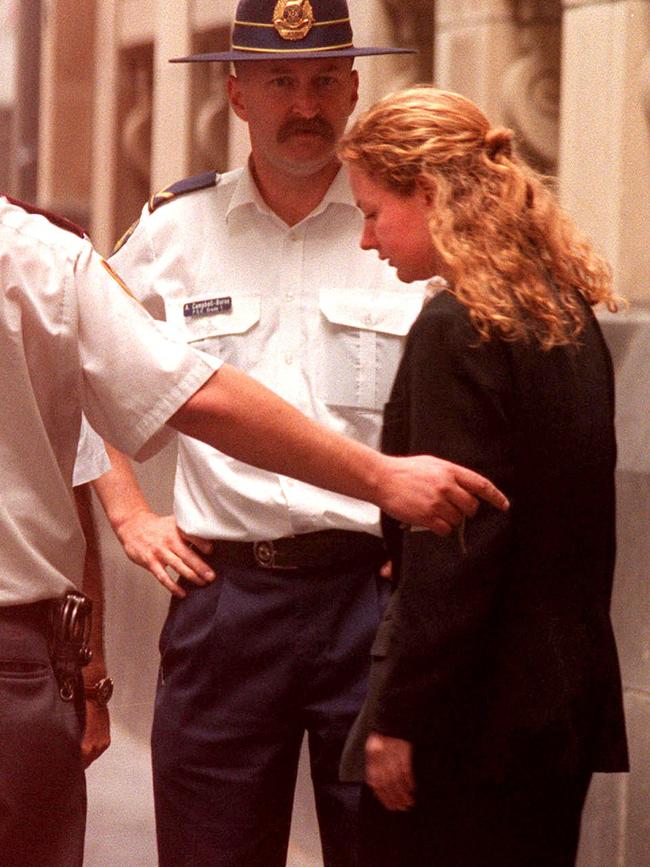
Fifteen-year-old Rachel Barber was everything Caroline Reed Robertson wasn’t and wanted to be.
The Melbourne teenager was popular, good-looking and a talented dancer.
Robertson was deeply unhappy, isolated, overweight and described herself as “pizza face”.
But their families knew each other, and Robertson had in the past babysat Rachel and her younger sisters — fuelling an infatuation and envy for a life that to her looked perfect in comparison to her own.
At the age of 19, Robertson hatched a plan to kill the younger girl in the bizarre hope she could steal her identity. In February 1999, Rachel was lured to her flat and strangled with a telephone cord. Robertson kept the body in her wardrobe for two days before burying it a shallow grave. It was 12 days before her body was found.
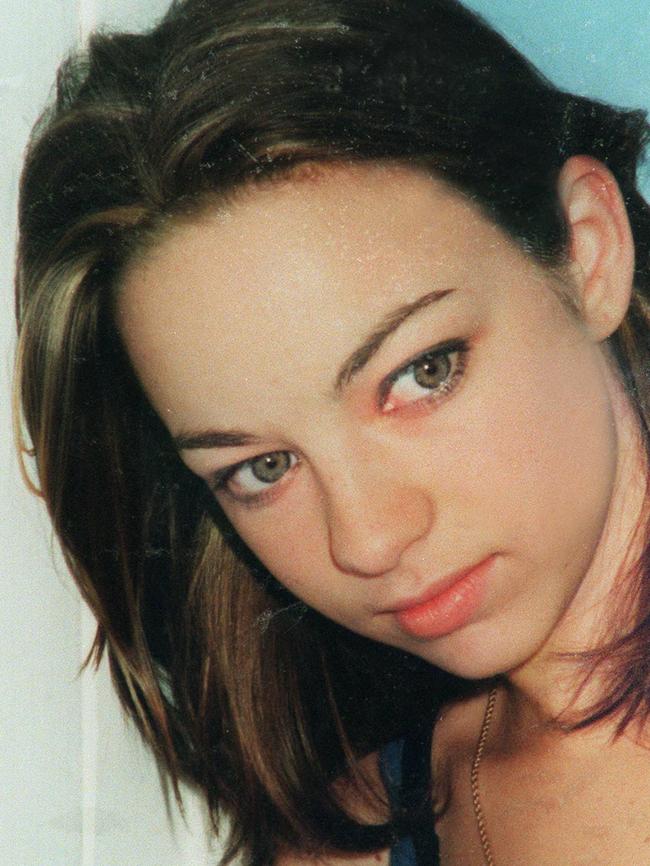
Having connected the teens through phone calls, police found notes in the flat detailing both the murder plot and Robertson’s self-loathing. It also emerged that Robertson was attempting to obtain a copy of Rachel’s birth certificate.
But it was through court hearings — Robertson pleaded guilty to murder in October 2000 — that the public learned of the strange motivation behind the tragic case.
“It is possible that she thought she could somehow magically reinvent herself in the image of the victim,” said forensic psychiatrist Justin Barry-Walsh in a report for the defence.
Prosecutor Jeremy Rapke, QC, said: “It does seem likely that the motive is to be found, if at all, in the accused’s obsession and her jealousy of (Rachel’s) attractiveness, popularity and success.
“And perhaps a desire on the part of the accused to emulate the success of a younger person with whom she had become infatuated.”
Robertson was sentenced to 20 years’ jail with a minimum term of 14-and-a-half years. She was freed on parole in January 2015.
‘BAD REFERENCES’
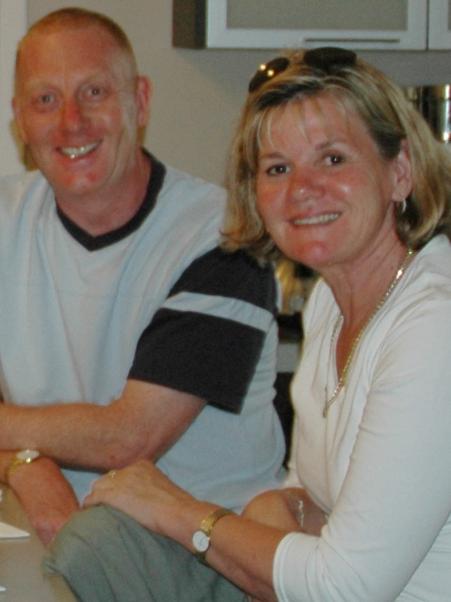
When highly respected nursing manager Michelle Beets did not renew Walter Marsh’s contract at Sydney’s Royal North Shore Hospital, the former US Marine’s future in Australia was at risk.
He needed a job to retain his 457 Visa and as he struggled to find other work he was convinced his former boss was giving him bad references.
What followed was a crime borne of “deep resentment and hatred”, Crown Prosecutor Mark Tedeschi QC told his trial in 2011.
The year before, Marsh had ambushed Beets on the veranda of her home, stabbing her in the chest and cutting her throat, after monitoring her movements for days.
His wife Samantha gave evidence that after the killing he told her: “I did it, the bitch is gone.”
The court heard that if he was forced to return to the US, there was the added complication of $50,000 in child support owed to his ex-wife.
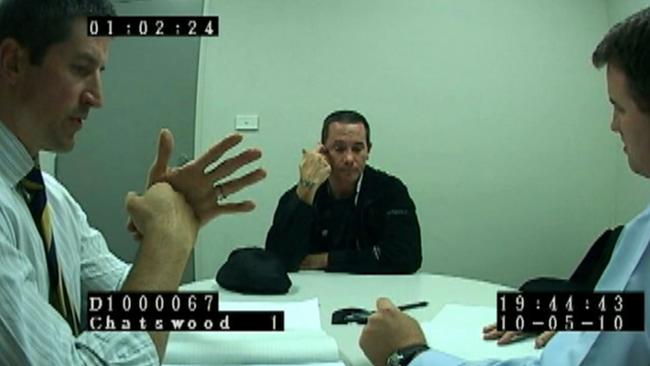
Marsh denied the crime, but the jury’s guilty verdict was unanimous, and sentencing him to life, Justice Derek Price described Beets’ murder as “cruel, merciless and abhorrent”.
“These last moments of her life must have been horrifying.’’
The victim’s partner, David Grant, welcomed the judgment, saying: “I’m just happy he’s off the streets and can’t cause any more harm to anyone else.’’
In 2015, the courts confirmed that the killer would die behind bars when an appeal against both his conviction and life sentence was dismissed.
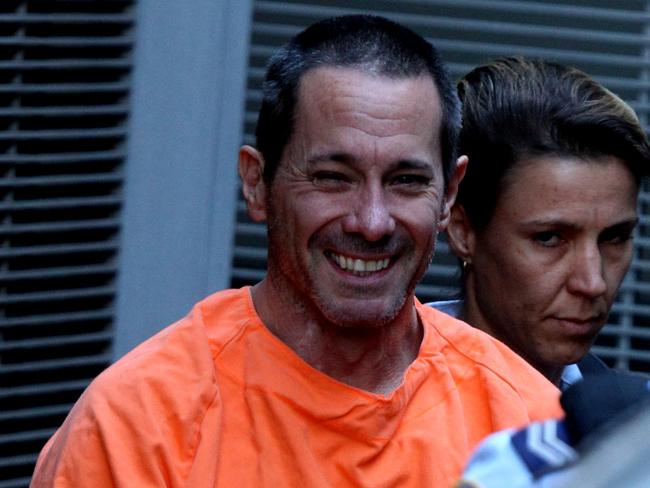
A READY-MADE FAMILY
Unable to have children of her own, Christine Lyons was the “architect” of a “thoroughly evil” plot to kill a vulnerable Bendigo mother and raise her four young children as her own.
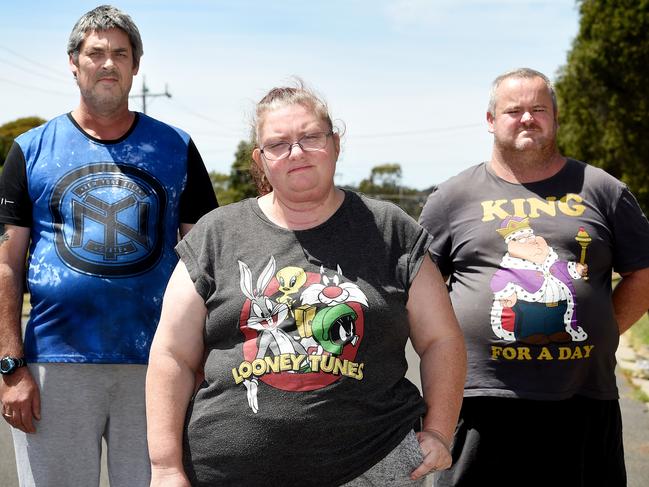
While her partner Peter Arthur struck the killer blows with a hammer, a court heard they had been planning the killing of Samantha Kelly for weeks, had made previous attempts to fatally drug her, and that he acted under Lyons’ instructions.
Kelly, 39, lived in a bungalow at the back of a property shared by Lyons, Arthur and another man, Christine’s former lover Ronald Lyons — all of whom would end up in jail over the death.
Arthur admitted the killing, but Christine and Ronald Lyons, who are not related, denied being involved.

Giving evidence at their trial, Arthur said that on the night of the January 2016 murder, Lyons came out her bedroom as he watched TV and told him, “sooner or later Samantha’s gotta go”.
“Christine wanted the job done then and there. I wasn’t up for it at the time,” Arthur told the court. “She said it was time to kill Samantha.”
He watched Walker, Texas Ranger and drank cans of Jack Daniels to get the courage to carry out the attack, then told Christine what he’d done.
Her chilling response, the court heard, was simply: “About time.”
Ronald Lyons helped Arthur move the body, and the trio initially claimed Kelly had simply walked out on her kids, but police investigated the disappearance and the body was found in a dry creek bed weeks later.
Sentencing the Lyons earlier this year, Justice Stephen Kaye called the murder “heartless and thoroughly evil”.
Christine Lyons was found guilty of murder and attempted murder and jailed for 30 years, with a 23-year non-parole period.
Ronald Lyons was jailed for 12 years, with a nine-year minimum, after being found guilty of attempted murder and assisting Arthur after the murder. He was acquitted of murder.
Arthur is serving a minimum of 18 years after his original 16-year sentence was increased to 22 years on appeal.
VAMPIRE KILLER
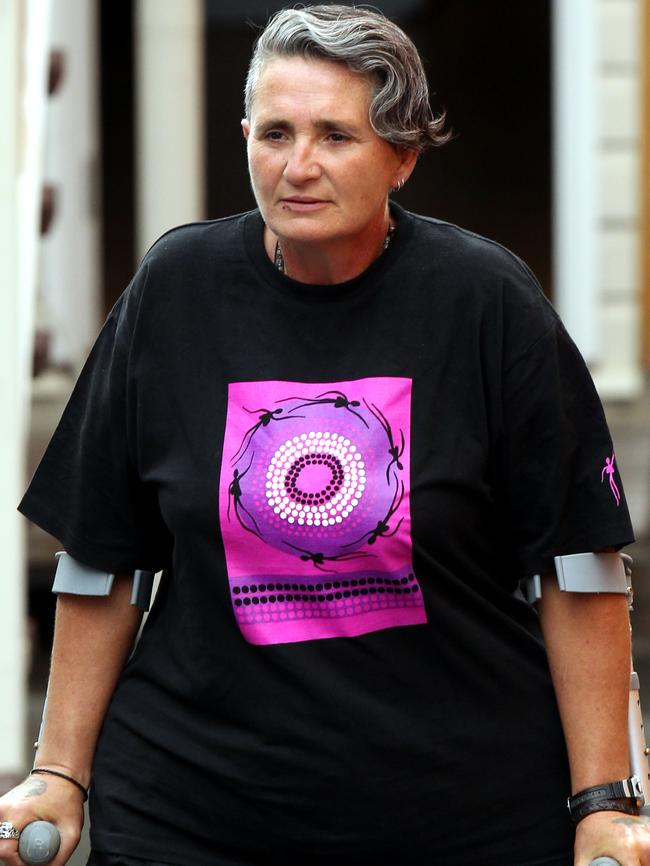
When Tracey Wigginton pleaded guilty to killing council worker Edward Baldock in Brisbane and received a mandatory life sentence, a process that took just nine minutes, little was said in court about the 1989 crime — let alone her motive.
It was at the trial of her three co-accused that a picture emerged of the then 24 year old as a “lesbian vampire killer” — a woman, the court was told, who wanted to drink her victim’s blood.
The three women, who pleaded not guilty to murder, were alleged to have helped Wigginton in her search for a victim, luring him into their car with the offer of a ride before stopping at a riverside park where Wigginton carried out her frenzied attack.
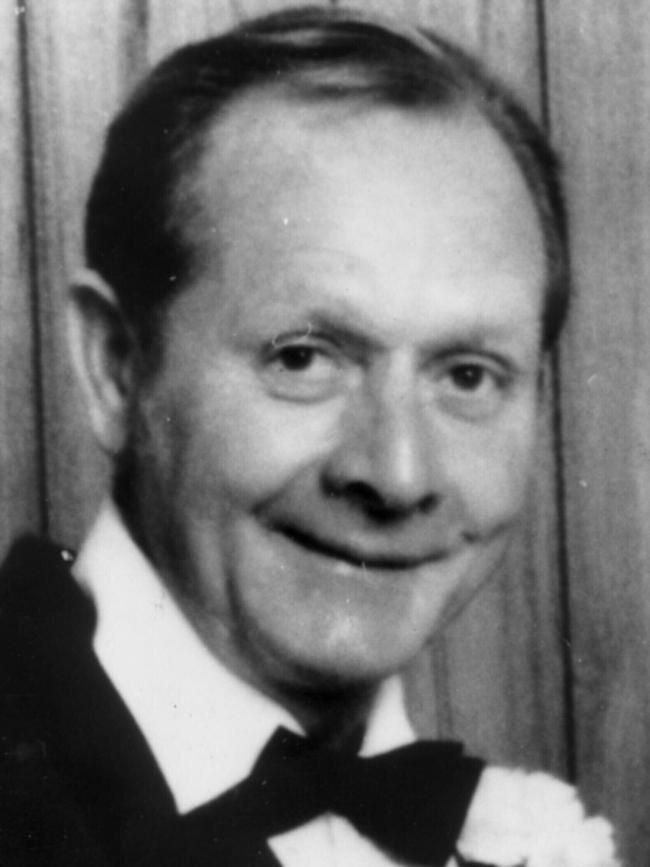
Baldock was stabbed multiple times, his head almost severed.
Killer Instinct: Book reveals ‘six personalities’ of vampire lesbian killer
“I’ve seen some awful homicides,” Det Sen Sgt Danny Murdoch said of his involvement
in the investigation some years later. “I’ve seen some awful things done to human beings and to human beings’ bodies, but I’ve never come across the planning and the cold-blooded way … this was done.
“And the actual drinking of another human being’s blood is abhorrent — even to hardened detectives.’’
At the three women’s 1991 trial, Crown prosecutor Adrian Gundelach told the jury “it was plain, bloody murder”, describing 47-year-old Baldock as “an innocent abroad who just became a target of prey’’.
“One must ask what type of mind considers, let alone conceives, this sort of murder,” he said.
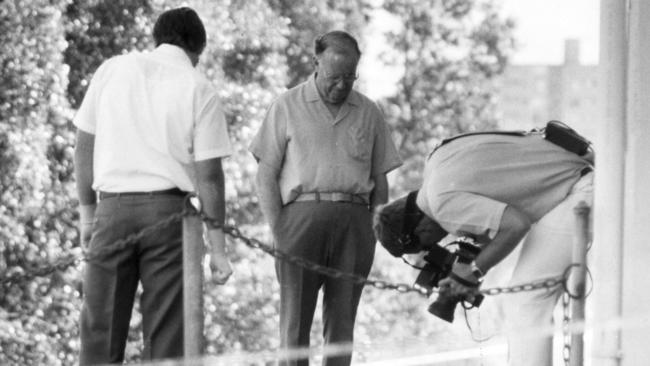
Wigginton’s lover Lisa Maree Ptaschinski, 24, who was present as Wigginton launched her attack and likened her actions to a shark in a feeding frenzy, was found guilty of murder and jailed for life.
Sentencing her and Kim Aileen Jervis, 23, Justice Kenneth Mackenzie said it was an abhorrent and cruel crime.
Jervis — who waited in a car nearby with Tracey Ann Waugh, 23, during the attack — had provided one of two knives used to kill Baldock, the court had heard.
Sentencing her to 18 years for manslaughter — a sentence later reduced to 12 years — Justice Mackenzie said: “You knew what was likely to happen, you took no pity at all on Mr Baldock as another human being.”
Waugh, 23, was acquitted of all charges. Her lawyer had told the court she went along with the three other women on the night of the killing but did not participate in any way, and her failure to warn the victim made her a coward but not a murderer.
Wigginton was granted parole in December 2011 and was freed in January the following year.


